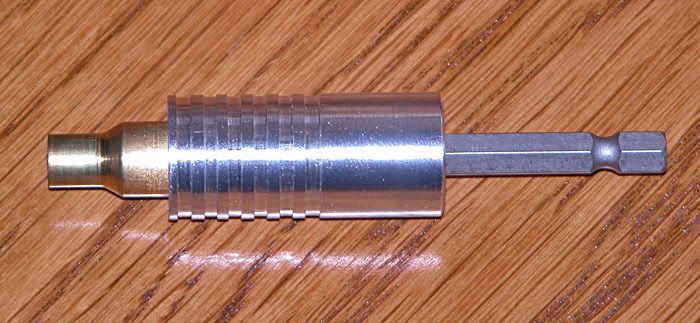I found a photo of one of these and thought it would be neat to have one. I just didn't want to spend the $480 bucks they were asking. I thought some of you guys/gals might find it interesting.
Here is a video of it running a little too slow but you can get the idea.
http://s121.photobucket.com/albums/o213/jmorrismetal/?action=view¤t=annealer.flv
And a still photo

All I need to do now is build a frame/basket and connect a Dillon case feeder to it.
Here is a video of it running a little too slow but you can get the idea.
http://s121.photobucket.com/albums/o213/jmorrismetal/?action=view¤t=annealer.flv
And a still photo

All I need to do now is build a frame/basket and connect a Dillon case feeder to it.


